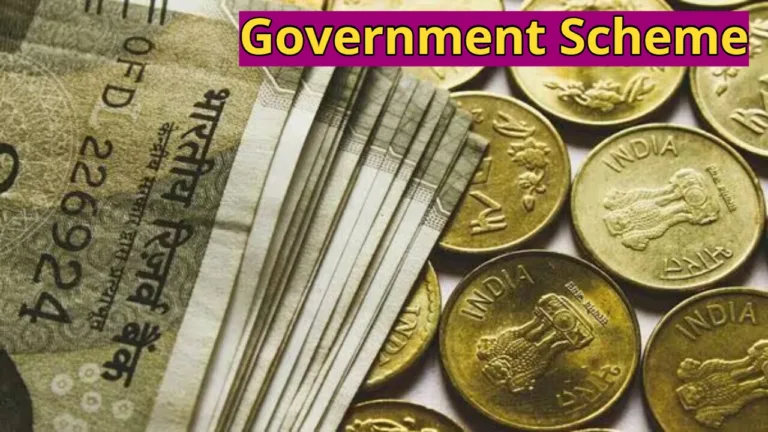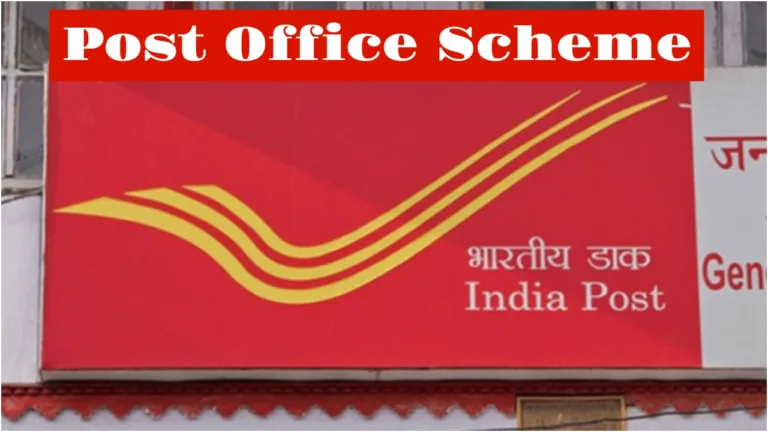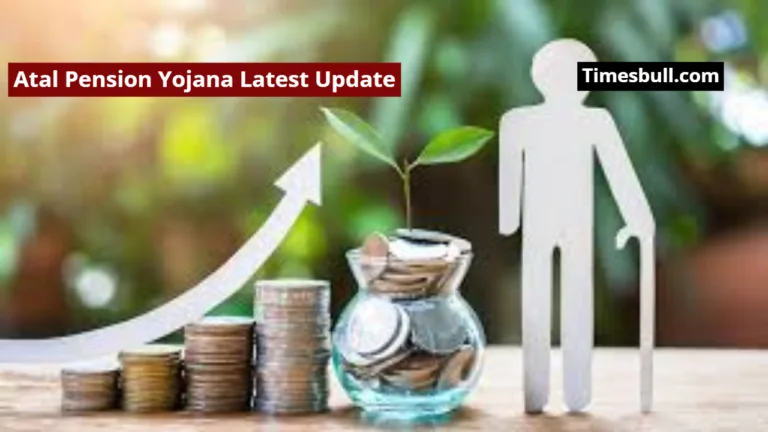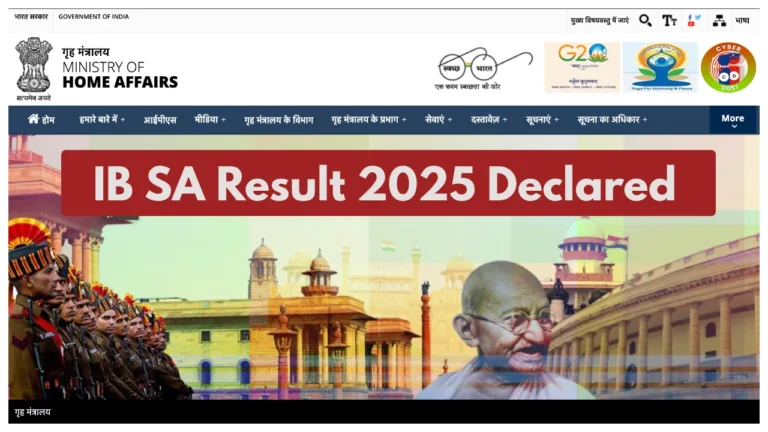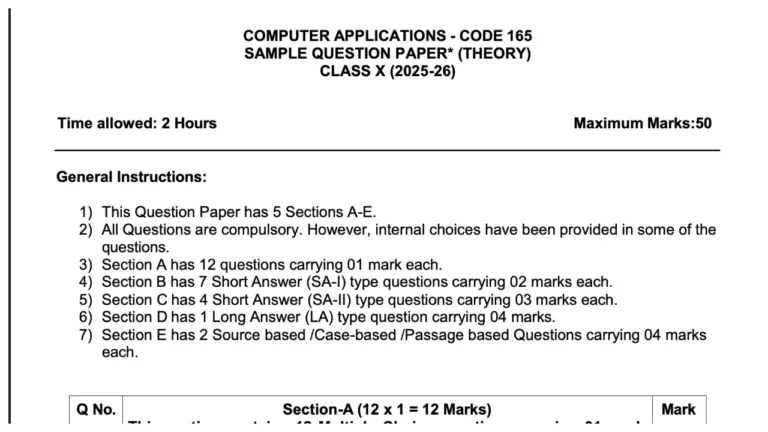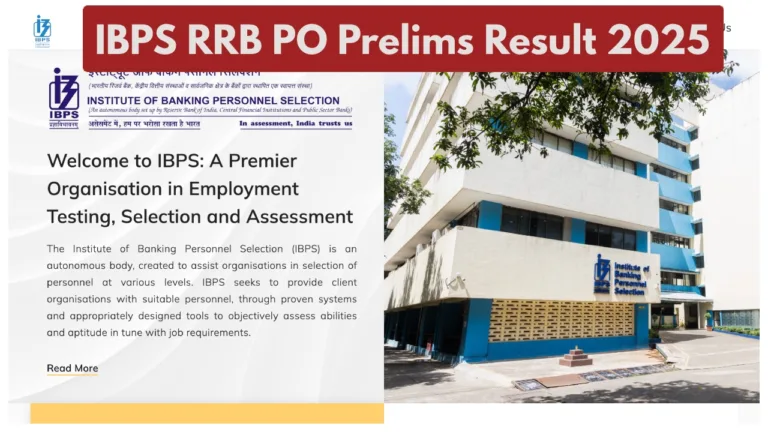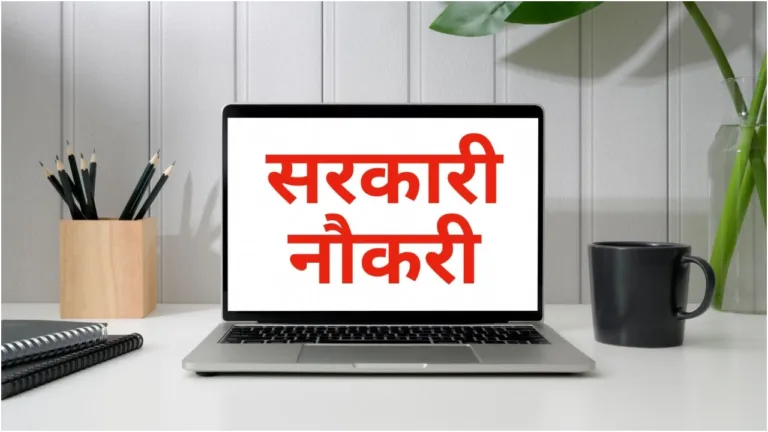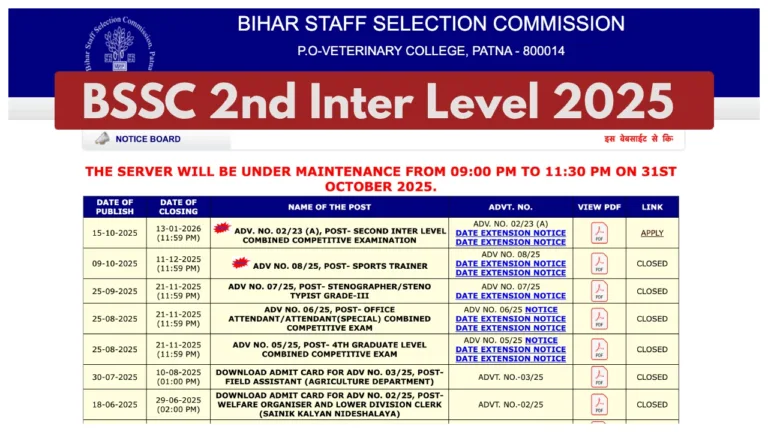Pension– The debate over pension has once again intensified among more than 30 lakh employees working in the central government. The government has given time till June 30 to the employees who opt for NPS to opt for UPS. Out of the 30 lakh employees of the central government, 30,000 employees do not want to adopt UPS, rather there has been a stir among the employee organizations to bring back the old pension scheme (OPS).
What is NPS and UPS
At present, most of the employees under the Central Government come under the National Pension Scheme (NPS), which was implemented in the year 2004. In this scheme, the pension is not fixed, rather the contribution of both the employee and the government goes into a fund, which is invested in the stock market and other instruments. On the other hand, the Unified Pension Scheme (UPS) is a government-backed pension scheme for central government employees, which guarantees a specific pension payment for the employees instead of the market-linked NPS.
Demand to bring back old pension scheme
There has been a stir in the employee organizations once again regarding bringing back the Old Pension Scheme (OPS) in the Central Government. The reason for this is that the government has given the option to the employees coming under the National Pension Scheme (NPS) to join the “Unified Pension Scheme (UPS)” till 30 June 2025, but till now the expected interest has not been seen in it.
What is the reason for not joining UPS
According to Dr Manjit Singh Patel, Chairman of National Mission for Old Pension Scheme India, the most important aspect of Unified Pension Scheme (UPS) is that pension benefits depend on how many years the employee lives after retirement.
If an employee retires after 30-35 years of service and withdraws contribution from UPS, he will get only 30% of the average last salary as pension, while his wife will get only 18% in case of death. In such a situation, to get pension equal to NPS, the retired person will have to live for at least 16 years.


